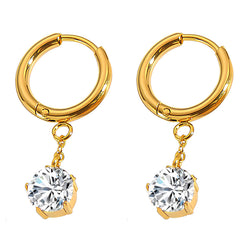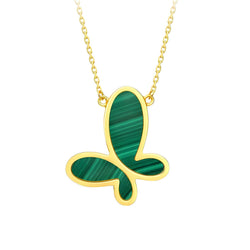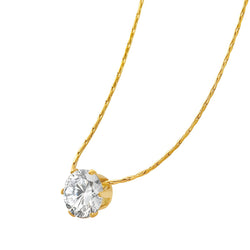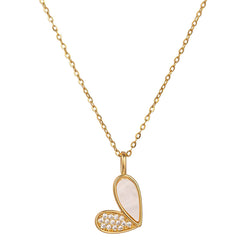Bags have been an essential part of human civilization for centuries. Initially, bags were designed for utility, but over time, they evolved into fashion accessories. Today, bags are not only functional but also a symbol of style and status.
Let's take a journey through history and explore the evolution of bags.
-
Ancient Bags: The earliest known bags were made from animal skins, leaves, and woven plant fibers. They were used to carry tools, food, and other necessities. These bags were primarily functional and were not considered fashion accessories.
-
Medieval Bags: During the medieval period, bags became more decorative. Women's bags were often embroidered with intricate designs and were made from luxurious materials such as silk and velvet. Men's bags were often more utilitarian and were used to carry items such as coins and keys.
-
Industrial Revolution Bags: The industrial revolution brought about significant changes in the manufacturing of bags. Bags were mass-produced, and new materials such as leather and canvas were used. This made bags more affordable and accessible to the general population.
-
20th Century Bags: In the 20th century, bags became a symbol of style and status. Iconic bags such as the Hermes Birkin and Chanel 2.55 were created, and they became a must-have accessory for the wealthy and fashionable. Additionally, the rise of travel and tourism led to the popularity of luggage bags.
-
Contemporary Bags: Today, bags continue to be an essential fashion accessory. From shoulder bags to backpacks, there is a bag for every occasion and style. The rise of social media has also led to the popularity of niche bag brands, and sustainability is becoming an essential factor in the design and production of bags.
In conclusion, bags have come a long way from their humble beginnings as functional items to becoming a fashion accessory. They have played an important role in human civilization and will continue to evolve with changing fashion trends and societal needs.




